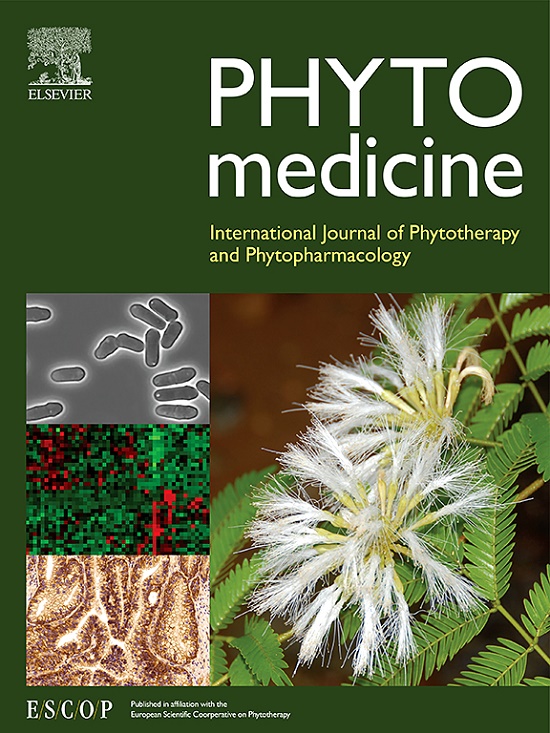Berbamine alleviates neuropathic pain via suppressing spinal TMEM34/SGK1/FOXO3 axis
IF 6.7
1区 医学
Q1 CHEMISTRY, MEDICINAL
引用次数: 0
Abstract
Background
The pathologic mechanism of neuropathic pain (NP) is still not fully understood, and efficient and safe therapeutic options are limited.
Purpose
Seeking new treatment options for neuropathic pain.
Study Design
Exploring new therapeutic target for NP and finding analgesic medications derived from traditional Chinese medicines against the target is urgent.
Methods
Chronic constriction injury (CCI) model was used for behavioral assays. In vitro assay was conducted by using primary neurons, glial cells, as well as PC12, C6, and BV2 cells. The mechanical and thermal withdrawal threshold was assessed using Von Frey filaments and Hargreaves method. RNA sequencing (RNA-Seq), immunofluorescence, western blot, and quantitative RT-PCR were also used.
Results
Spinal transmembrane34 (TMEM34) was firstly found to be elevated in CCI induced NP. Knocking-down spinal TMEM34 obviously alleviated NP, while overexpressing TMEM34 promoted NP and induced allodynia in naïve rats. Furthermore, TMEM34 was expressed in spinal neurons and astrocytes but not in microglia to activate them in CCI rats. Serum and glucocorticoid inducible kinase-1 (SGK1) was similarly expressed in astrocytes and neurons, and its expression trend is compatible with that of TMEM34. p-SGK1 expression was also suppressed by blocking TMEM34 in CCI rats. In addition, TMEM34/SGK1 was found to prevent Forkhead box O3 (FOXO3) from activating neurons and astrocytes and promoting NP. Berbamine (BBM), an active compound in Stephania epigaea H. S. Lo, was screened to block the TMEM34/SGK1/FOXO3 axis, hence relieving NP.
Conclusions
Our findings highlighted the significance of TMEM34 as a critical factor in NP and found a prospective medication that inhibited TMEM34 to reduce NP.
求助全文
约1分钟内获得全文
求助全文
来源期刊

Phytomedicine
医学-药学
CiteScore
10.30
自引率
5.10%
发文量
670
审稿时长
91 days
期刊介绍:
Phytomedicine is a therapy-oriented journal that publishes innovative studies on the efficacy, safety, quality, and mechanisms of action of specified plant extracts, phytopharmaceuticals, and their isolated constituents. This includes clinical, pharmacological, pharmacokinetic, and toxicological studies of herbal medicinal products, preparations, and purified compounds with defined and consistent quality, ensuring reproducible pharmacological activity. Founded in 1994, Phytomedicine aims to focus and stimulate research in this field and establish internationally accepted scientific standards for pharmacological studies, proof of clinical efficacy, and safety of phytomedicines.
 求助内容:
求助内容: 应助结果提醒方式:
应助结果提醒方式:


